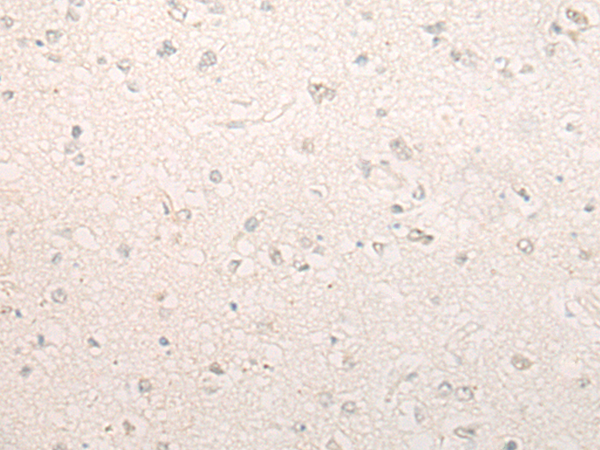|
Background: |
This gene encodes a member of the tumor necrosis factor (TNF) cytokine family which is a ligand for osteoprotegerin and functions as a key factor for osteoclast differentiation and activation. This protein was shown to be a dentritic cell survival factor and is involved in the regulation of T cell-dependent immune response. T cell activation was reported to induce expression of this gene and lead to an increase of osteoclastogenesis and bone loss. This protein was shown to activate antiapoptotic kinase AKT/PKB through a signaling complex involving SRC kinase and tumor necrosis factor receptor-associated factor (TRAF) 6, which indicated this protein may have a role in the regulation of cell apoptosis. Targeted disruption of the related gene in mice led to severe osteopetrosis and a lack of osteoclasts. The deficient mice exhibited defects in early differentiation of T and B lymphocytes, and failed to form lobulo-alveolar mammary structures during pregnancy. Two alternatively spliced transcript variants have been found. |
|
Applications: |
ELISA, IHC |
|
Name of antibody: |
TNFSF11 |
|
Immunogen: |
Synthetic peptide corresponding to a region derived from 304-317 amino acids of human TNFSF11 |
|
Full name: |
tumor necrosis factor superfamily member 11 |
|
Synonyms: |
ODF; OPGL; sOdf; CD254; OPTB2; RANKL; TNLG6B; TRANCE; hRANKL2 |
|
SwissProt: |
O14788 |
|
ELISA Recommended dilution: |
5000-10000 |
|
IHC Positive control: |
Human esophagus cancer;Human brain |
|
IHC Recommended dilution: |
20-100 |


 购物车
购物车 帮助
帮助
 021-54845833/15800441009
021-54845833/15800441009
